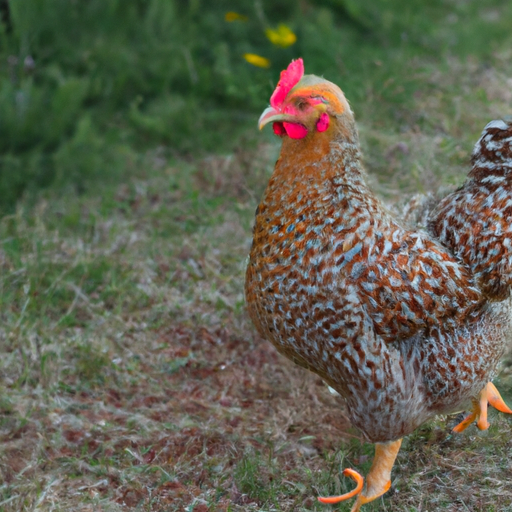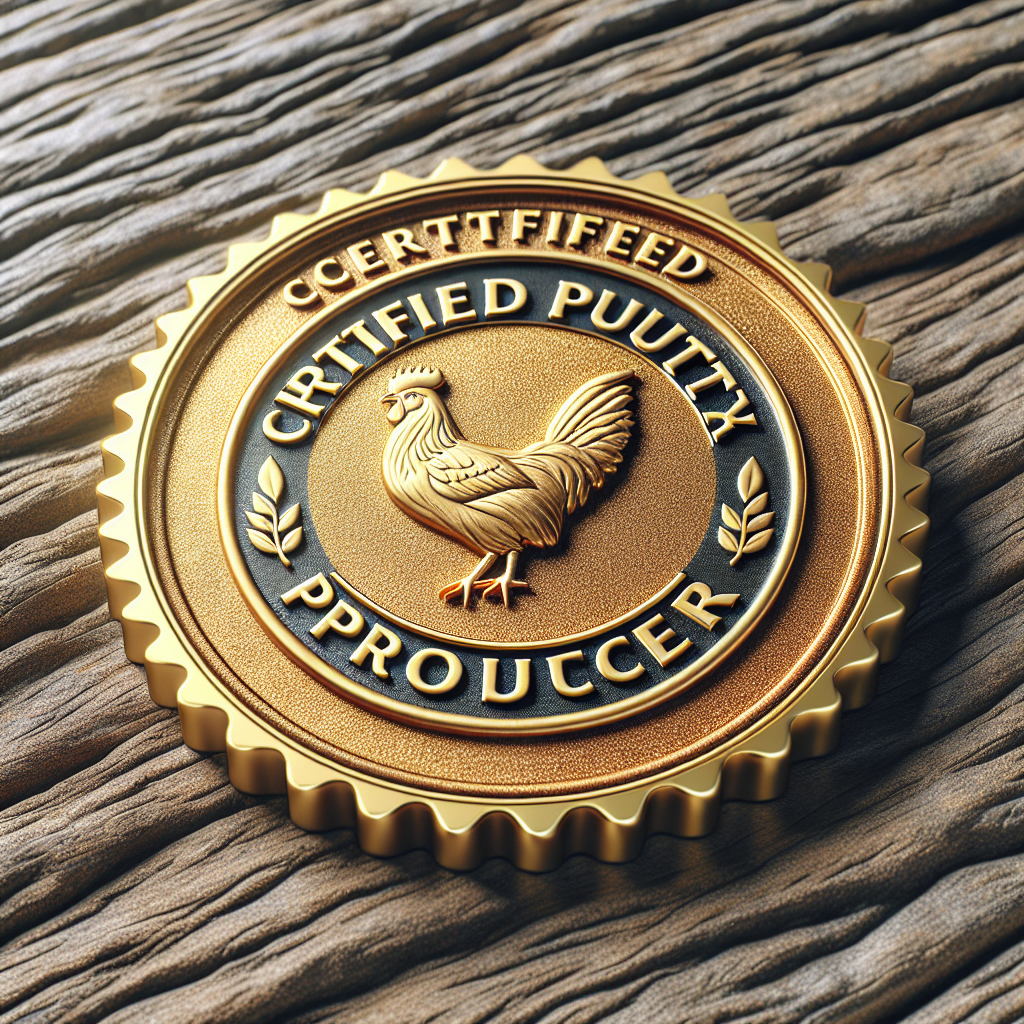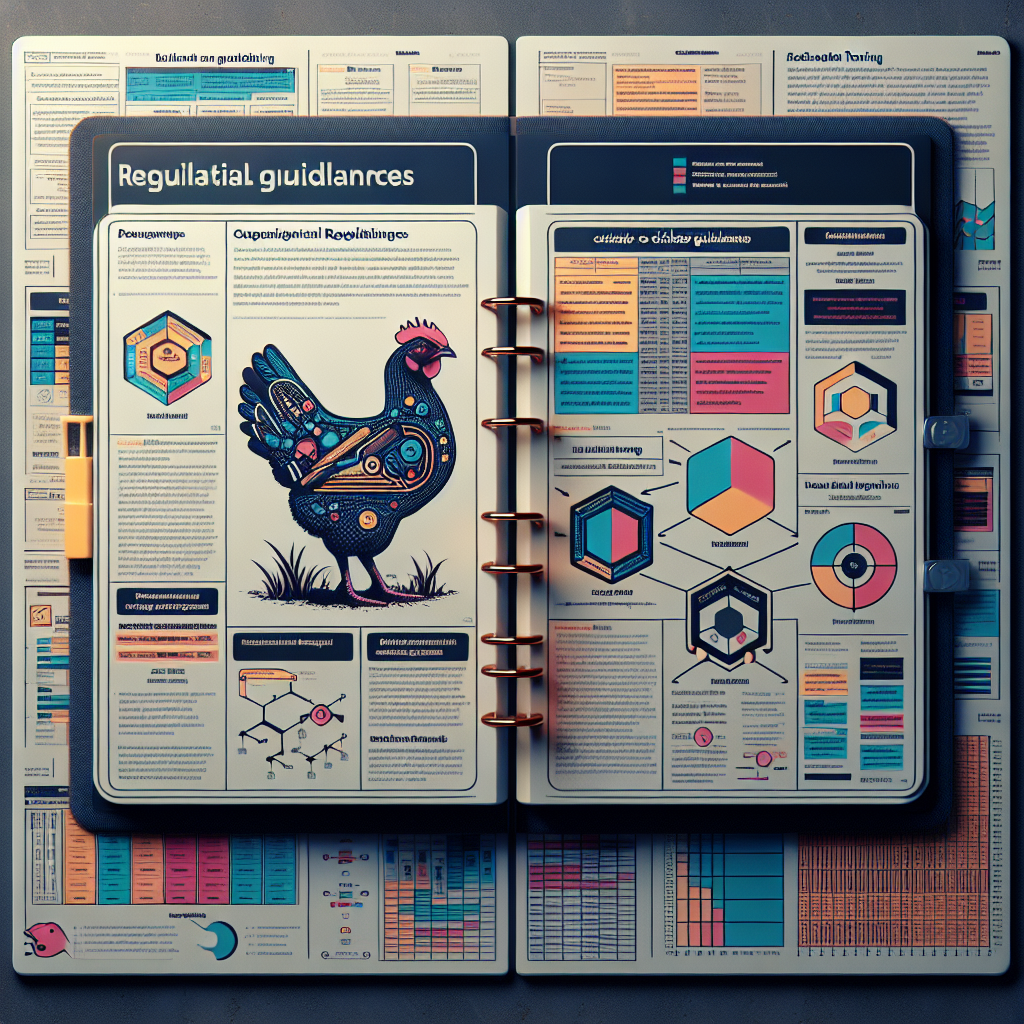Have you ever wondered if there are specific regulations in place to ensure the humane treatment and welfare of chickens? Well, you’re in luck! This article is here to address your curiosity and provide you with all the information you need. We’ll explore the topic of regulations surrounding the well-being of chickens, shedding light on what measures are in place to ensure these animals are treated with care and compassion. So, let’s dive right in and discover the world of chicken welfare together!
Regulations Concerning the Humane Treatment and Welfare of Chickens
1. Overview of the issue
As consumers become more aware and concerned about the treatment and welfare of animals, there is an increasing focus on ensuring the humane treatment of chickens, particularly in the poultry industry. This issue arises from the recognition that animals should be treated with kindness and respect, even when raised for food production purposes. The welfare of chickens is crucial to their physical and mental well-being, and it is essential to establish regulations to address this issue.
2. International regulations
A. World Organization for Animal Health (OIE)
The World Organization for Animal Health, commonly known as OIE, is an international body responsible for setting animal welfare standards. OIE provides guidelines for the welfare of animals, including chickens. These guidelines cover important aspects such as housing, nutrition, transportation, and slaughter. OIE encourages member countries to adopt and implement these guidelines within their national regulations.
B. European Union (EU) regulations
The European Union has been at the forefront of animal welfare regulations, including those pertaining to chickens. The EU implemented the European Convention for the Protection of Animals Kept for Farming Purposes, which sets specific welfare standards for chickens. These standards cover areas such as housing conditions, stocking density, access to fresh air and natural light, and the use of sustainable farming practices.
C. United States regulations
In the United States, the regulations concerning the humane treatment and welfare of chickens are primarily enforced by the United States Department of Agriculture (USDA) and the Food and Drug Administration (FDA). These agencies have established guidelines for housing, feed, water, transportation, and slaughter of chickens. However, it is important to note that regulation and enforcement vary across different states, and some believe that further federal regulations are necessary to improve chicken welfare standards.
3. Specific regulations for chicken welfare
A. Housing and space requirements
One important aspect of chicken welfare regulation is ensuring appropriate housing and sufficient space for chickens to live comfortably. This means providing adequate floor space per chicken, suitable ventilation, temperature control, access to clean water, and protection from predators. Regulations specify requirements for cage-free systems, enriched cages, or free-range systems to meet these welfare needs.
B. Environmental enrichment
Environmental enrichment refers to providing stimulating and engaging environments for chickens. Regulations often include provisions for enriching the housing environment to enhance overall welfare. This can involve providing perches, nesting areas, dustbaths, and other forms of environmental stimulation to encourage natural behaviors and prevent boredom or stress.
C. Transportation and slaughter
Transportation and slaughter procedures must also adhere to regulations that prioritize the welfare of chickens. This includes ensuring that chickens are handled gently during transportation and that they have adequate space, ventilation, and protection from extreme temperatures. Humane slaughter practices, such as stunning before slaughter, are required to minimize pain and distress.
D. Disease prevention and control
Another critical aspect of chicken welfare is disease prevention and control. Regulations exist to ensure that chickens are protected from diseases that can compromise their health and lead to suffering. These regulations cover areas such as biosecurity measures, vaccination programs, and monitoring and reporting of disease outbreaks. By addressing disease prevention, regulators aim to safeguard the welfare of chickens and minimize their suffering.
4. Enforcement and penalties
Enforcement of regulations concerning the humane treatment and welfare of chickens is carried out by regulatory bodies, such as the USDA, FDA, or their respective counterparts in other countries. Penalties for non-compliance with these regulations can include fines, revocation of licenses, or even criminal charges in severe cases of animal abuse. However, the effectiveness of enforcement can vary, and there is a need for continuous monitoring and improvement to ensure compliance.
5. Impact on chicken industry
The regulations concerning the humane treatment and welfare of chickens have had a significant impact on the chicken industry. Producers have had to adapt their practices to meet these regulations, resulting in changes in production methods, housing systems, and management practices. This has led to increased costs for producers, as they invest in infrastructure and management changes to comply with welfare standards. Additionally, consumers are increasingly demanding products that meet higher welfare standards, influencing purchasing decisions and driving market shifts towards more humane and sustainable production practices.
6. Potential improvements and debates
While regulations have made notable progress in improving the welfare of chickens, debates continue regarding the adequacy and enforcement of these regulations. Some argue that current standards are not stringent enough and call for stronger regulations to ensure better welfare outcomes. Others raise concerns about the practicality and cost implications for producers. Balancing the welfare of chickens with the economic viability of the industry remains a subject of ongoing discussion, as stakeholders seek to find common ground and constant improvements for chicken welfare.
In conclusion, regulations concerning the humane treatment and welfare of chickens are a crucial aspect of ensuring that these animals are treated with care, respect, and compassion. International bodies, such as OIE and the European Union, along with national agencies like the USDA and FDA, have implemented guidelines and regulations to address various aspects of chicken welfare. From housing and environmental enrichment to transportation, slaughter, disease prevention, and enforcement, these regulations play a significant role in safeguarding the welfare of chickens. However, ongoing debates and discussions are essential to continually improve and adapt these regulations in relation to changing societal values, industry practices, and scientific knowledge. Ultimately, the well-being of chickens should continue to be a priority, as we strive for a more humane and sustainable future in the poultry industry.




